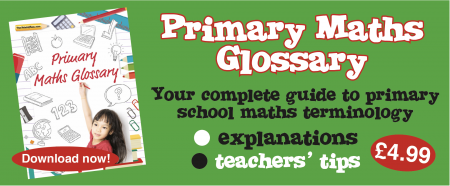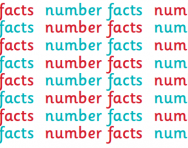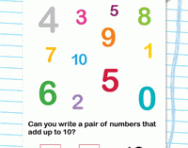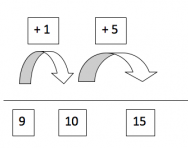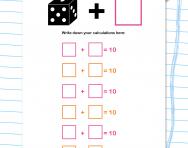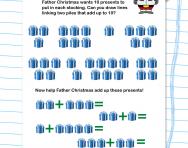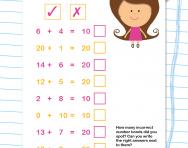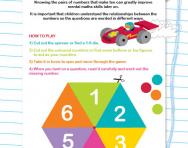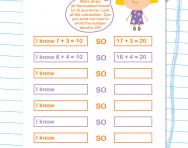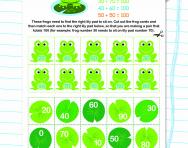What are number bonds?
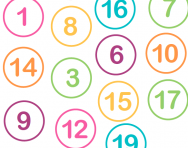
What are number bonds?
Number bonds are also often referred to as 'number pairs'. They are simply the pairs of numbers that make up a given number.
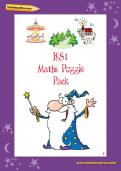
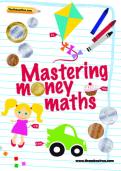
Claim FREE KS1 Maths Resources Today
- Telling The Time pack
- Money Maths pack
- KS1 Maths Puzzles pack
Number bonds to 10
1 + 9, 2 + 8, 3 + 7, 4 + 6, 5 + 5
Number bonds to 20
1 + 19, 2 + 18, 3 + 17, 4 + 16, 5 + 15
Number bonds in Reception
Children start to learn about number bonds in the Foundation stage, when they might be given a number, such as 5, and then asked to select two groups of objects that will add up to that number.
Number bonds in Year 1
Children are expected to know number bonds to 10 and number bonds to 20.
Number bonds in Year 2
Children by now need to be very confident with their number bonds to 20. They need to be able to work out number bonds to 100. They also need to be confident with the corresponding subtraction facts (for example: 20 - 13 = 7).
Number bonds in Key Stage 2
How are number bonds taught in primary school?
Teachers teach number bonds in a variety of ways. When learning number bonds to 5 or 10 in Key Stage 1 it is always good to use pictorial representation, so a teacher might show rows of blocks shaded like this to make the concept clear:
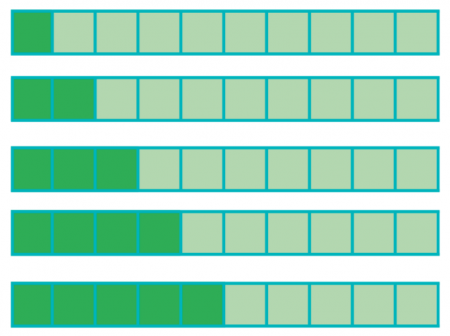
It is also a good idea to show children the connection between number bonds to ten, twenty and one hundred, for example:

How to practise number bonds at home
- Give your child ten counters (Lego bricks, past shapes, buttons, sweets) and ask them questions such as: What do you add to 3 to make 10? What do you add to 2 to make 10? Encourage them to use the counters to work it out.
- Print out number cards and ask your child to match them up into number pairs or number bonds (this can be done as a game of Snap).
- Write a list of ten numbers then time your child to see how long it takes them to write down the other number that makes up each pair (2 and 18; 5 and 15; 4 and 16).
Knowledge of number bonds is essential when it comes to harder calculations involving addition and subtraction (for example, children learn to use the bridging through 10 method to help them add numbers mentally), so it is vital children get a firm grounding in this from Years 1 to 3.

Give your child a headstart
- FREE articles & expert information
- FREE resources & activities
- FREE homework help

